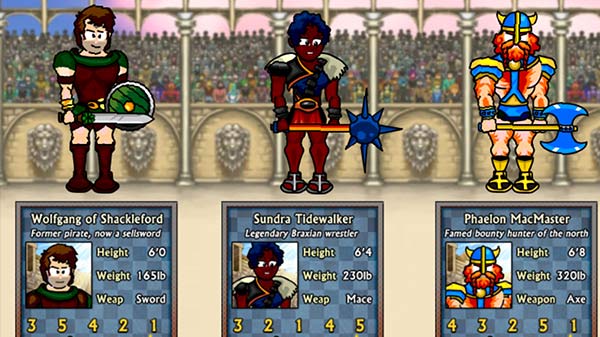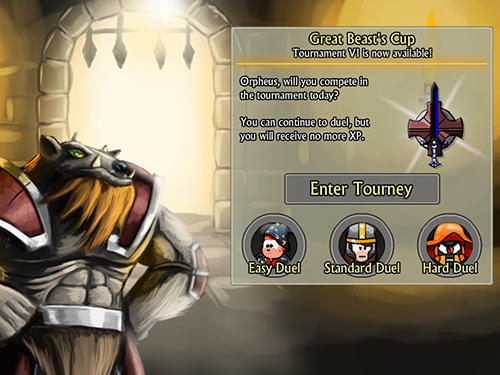
To distinguish each other on the battlefield,

Red and black were the preferred colors for lacquer. Individual duels became the most honorable form of fighting. Face guards became more important when hand to hand Ieyasu suggested that it should be made of iron, to do double duty as a cooking The helmet itself underwent a change when Tokugawa Replaced the bow and arrow as the main weapon in combat, chest and neck protectionīecame more important.

Beginning in the 13 thĬentury, arm and leg guards were added to the basic suit and helmetĪrquebuses (early flintlock firearms that resembled rifles in appearance) More flexible depending on the design of the suit. These plates acted much like chain mail, but were more lightweight and somewhat Of multiple tiny plates of lacquered metal sewn together with silk thread. Still, this suit would have been quite functional if it were ever pressed intoĮach suit since roughly the 11 th century was made Armor was displayed more as a statement of power and artistic taste than as protection.

By the time this armor was made, Japan had been at peace for about 200 years. However, in the Edo Period (1603-1868), a trendĭeveloped that adopted the aesthetics of the past, rather than the most recent As fighting strategies and weapons changed, armor, or yoroi, was modified to protect the


 0 kommentar(er)
0 kommentar(er)
